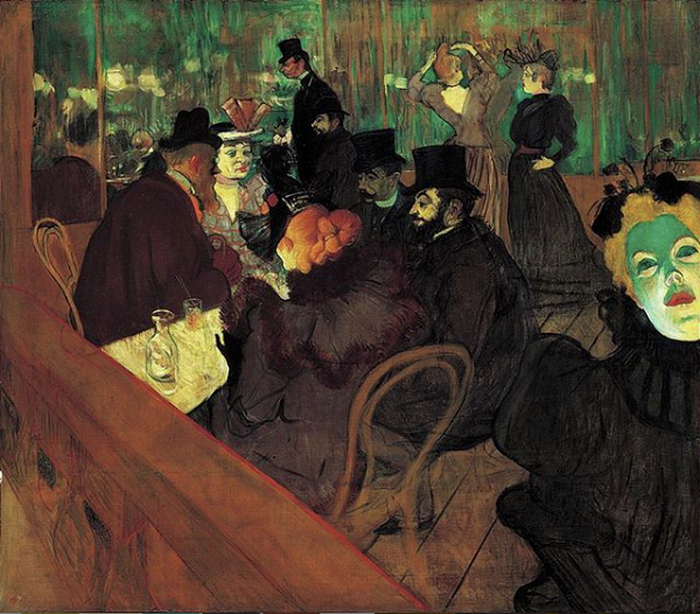Visualising the Invisible: the photography of Richard Mosse
In her weekly column, Alice Bergin explores the power of Richard Mosse’s photography and its hidden relevance to the coronavirus crisis.
Upon reading one of my articles, one of my friends failed to see the relevance of writing about art during a pandemic. It seemed trivial, self-indulgent, a lethargic effort to quench creative thirst…he didn’t think there was much point.
While self-indulgence and imagination are perfectly valid motivators, I don’t want to reignite the age-old ‘art for art’s sake’ debate. Entire nations have been put on hold. The American President advises we drink bleach. The world we are living in is, in a word, surreal. What better time, then, to turn to the visual arts?
I am yet to encounter a living artist able to capture the surrealness of the current world with greater poignancy than the Irish photographer, Richard Mosse. In his Infra series, he employed Kodak Aerochrome, a discontinued reconnaissance infrared film, to capture the continuing conflict between the national army and rebel factions in the Democratic Republic of Congo. The result is a series of exquisite images in which Congolese soldiers emerge from the leaves of a once verdant rainforest now rendered in crimson and fuchsia. The landscape throbs with a saturation that evokes the sort of dreamlike quality of a sci-fi film or fantasy fiction. The reality of war is played out on a backdrop of purple rivers and pink trees.
Between 1998 and 2007, the conflict in the DRC was responsible for 5.4 million deaths. There were 400,000 rapes in one year. As we in the UK have become increasingly aware, statistics fail to articulate the scale of tragedy. Figures quoted in an article are meaningless because they are inconceivable. Mosse’s work foregrounds this sense of the unthinkable by depicting soldiers in an environment that is foreign to the realms of normality. The infrared film that achieves these supernatural effects reveals part of the spectrum of light the human eye cannot see. Not only do his photographs imagine the unimaginable, they are quite literally illustrating the invisible.
Mosse makes a strong case for the importance of the visual arts in depicting that which is beyond belief, especially for a world tackling the ‘invisible threat’ of the coronavirus. Spanning more than two decades and involving over 40 different armed groups, the Congolese conflict is also hard to pin down. It is at these moments in which normal methods of communication begin to fail that the arts are, more than ever, indispensable. Visual conceptions don’t just help us to illustrate the unimaginable, they force us into confronting the unnerving truth that our world is surreal. It is as much an endeavour of creativity as it is a unique and highly intimate process of reportage. Such are the sentiments that combine in Mosse’s work, as he identifies, himself, explaining that the Infra series sought to force ‘two counter-worlds into collision: art’s potential to represent narratives so painful that they exist beyond language, and photography’s capacity to document specific tragedies and communicate them to the world.’ Britain’s coronavirus death toll currently stands at over 35,000. If we learn anything from Mosse, it is that visual forms of communication convey the absurdity that comes with extreme suffering in a way that death tolls simply do not.
 News / Eight Cambridge researchers awarded €17m in ERC research grants27 December 2025
News / Eight Cambridge researchers awarded €17m in ERC research grants27 December 2025 News / Clare Hall spent over £500k opposing busway 24 December 2025
News / Clare Hall spent over £500k opposing busway 24 December 2025 Comment / League tables do more harm than good26 December 2025
Comment / League tables do more harm than good26 December 2025 Comment / The ‘class’ of Cambridge24 December 2025
Comment / The ‘class’ of Cambridge24 December 2025 News / Caius mourns its tree-mendous loss23 December 2025
News / Caius mourns its tree-mendous loss23 December 2025










